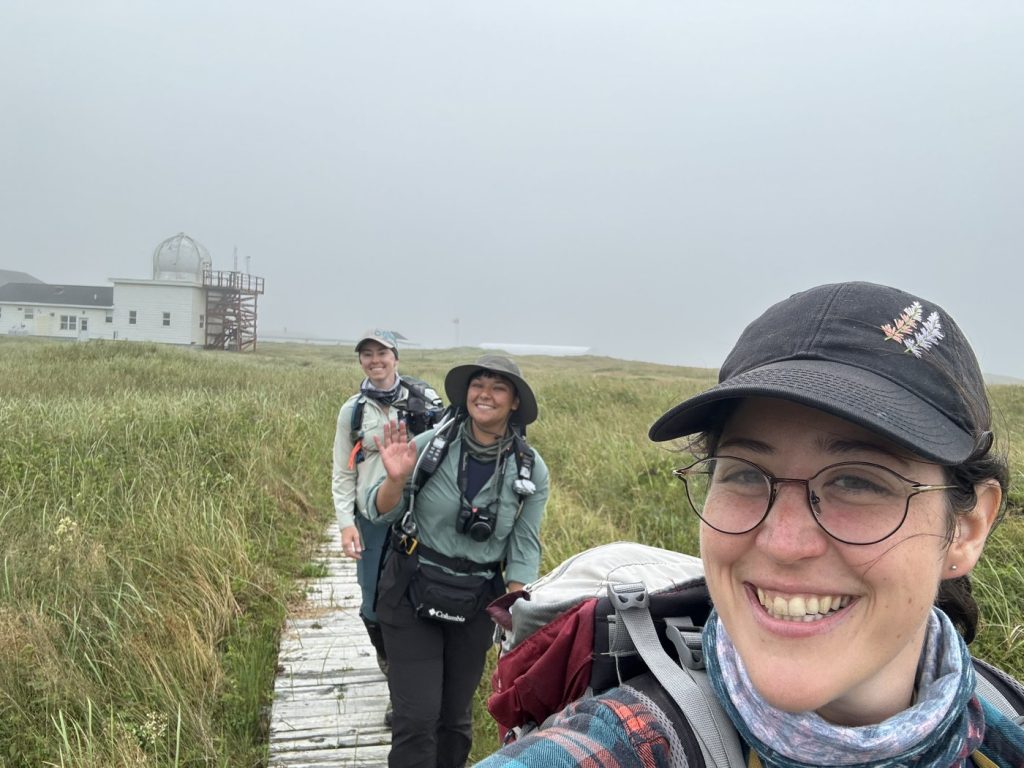HALIFAX – Sable Island, a crescent-shaped sandbar located approximately 290 kilometers southeast of Halifax, is renowned for its stunning yet volatile landscapes. This remote island, which stretches about 40 kilometers long and one kilometer at its widest point, is home to around 450 feral horses, more than 20,000 seals, and numerous seabirds, while accommodating roughly 15 human inhabitants during the summer months.
The island's isolation in the Atlantic Ocean leads to dramatic weather fluctuations. Researchers, including Justine Ammendolia, a PhD candidate from Dalhousie University, have found themselves grappling with the island's unpredictable environment. During her two summers of research, Ammendolia focused on microplastics and experienced a striking transformation in the island's landscape when calm winds rapidly escalated into a severe storm. She vividly recalled waking up to find the beaches submerged under water, illustrating the island's vulnerability to nature.
After the storm, the researchers faced challenges in mobility; planes were unable to land for several days due to flooding, pausing some of their work. Ammendolia described the experience as surreal, noting how quickly the landscape could change and emphasizing the island's sense of insignificance in the face of such powerful natural forces. Fellow researcher Victoria Crozier, who has spent similar time studying Sable Island's feral horse population alongside Olivia Andres from the University of Saskatchewan, echoed this sentiment, remarking on the daunting unpredictability of the weather and the importance of adaptability in their work.
On Sable Island, extreme conditions highlight the impact of weather on daily activities. Researchers often extended their working days to 16 hours, carefully tracking the feral horses from a distance of 500 meters to one kilometer to avoid disturbing them. Adverse weather can hinder their research plans, further complicating their fieldwork on this isolated island.
The shared experiences of working in such a remote and challenging environment have fostered strong relationships among researchers. In their article published in the science journal Nature, the team reflected on how significant moments of vulnerability allowed them to form deeper connections that transcended superficial acquaintances. Andres noted the excitement derived from daily interactions with fellow researchers, exchanging ideas and inspiration over meals and casual conversations.
Outside of their work, the small community of researchers on the island cultivated daily routines, such as enjoying morning coffee at the station's picnic bench, which became a social hub, and gathering to watch sunsets alongside the native horses and seals. Their camaraderie was strengthened by the limited number of inhabitants on the island, fostering friendships amidst the unique and captivating environment.
Historically, Sable Island is notorious for its shipwrecks, with over 250 recorded incidents since 1583. Although little remains of the sunken vessels, the island's shores often reveal remnants like old bottles and glassware. Researchers like Andres found great joy in unearthing these historical artifacts during their explorations of the island, considering such discoveries essential to understanding the area's past and appreciating its exceptional beauty.
Ultimately, Sable Island serves as a constant reminder of nature's power and impermanence, shaping not only the landscape but also the human experiences of those who study and live on its shores. The unique blend of research challenges, environmental shifts, and interpersonal connections creates an extraordinary experience for those fortunate enough to set foot on this remarkable island.










